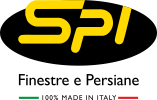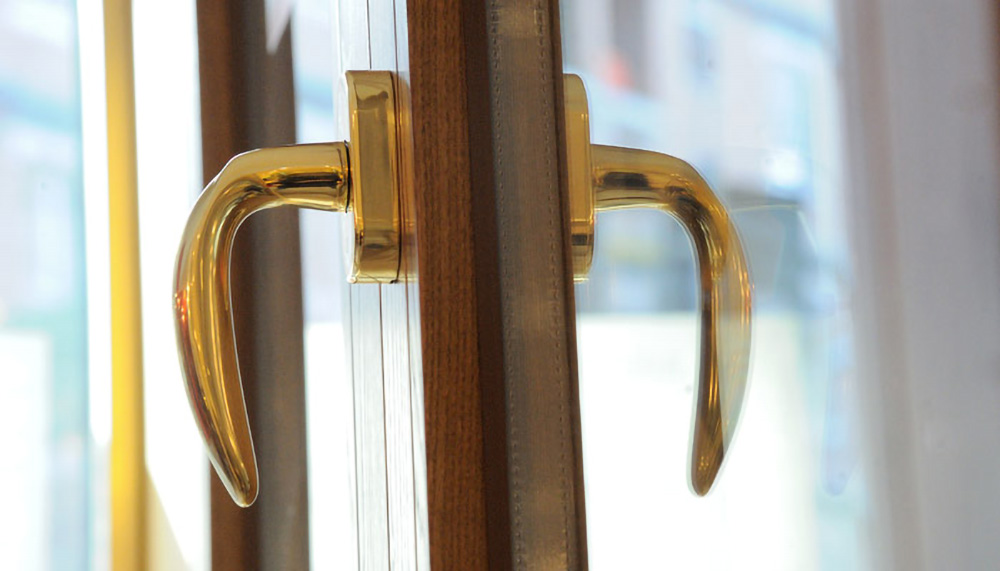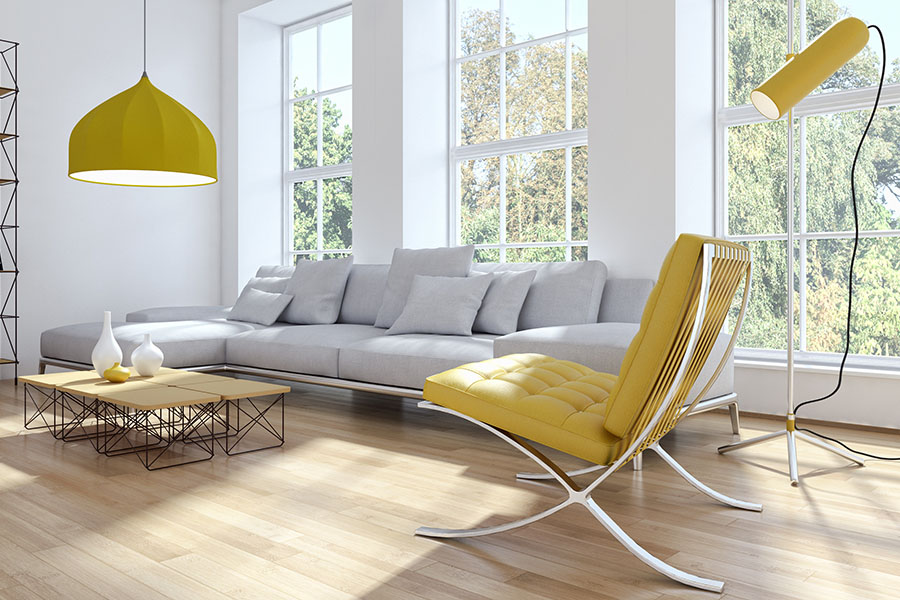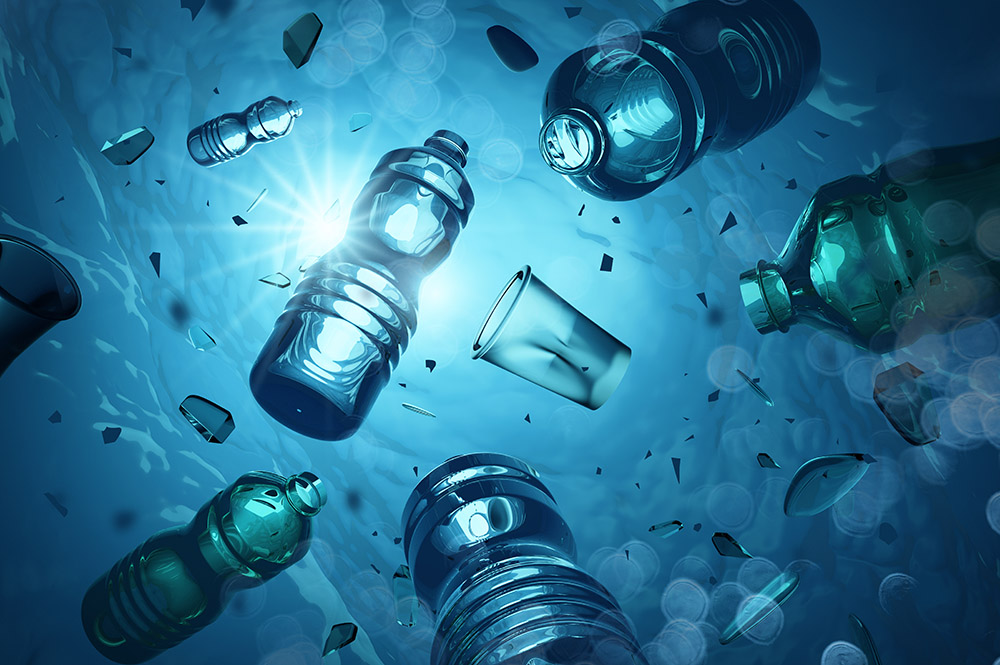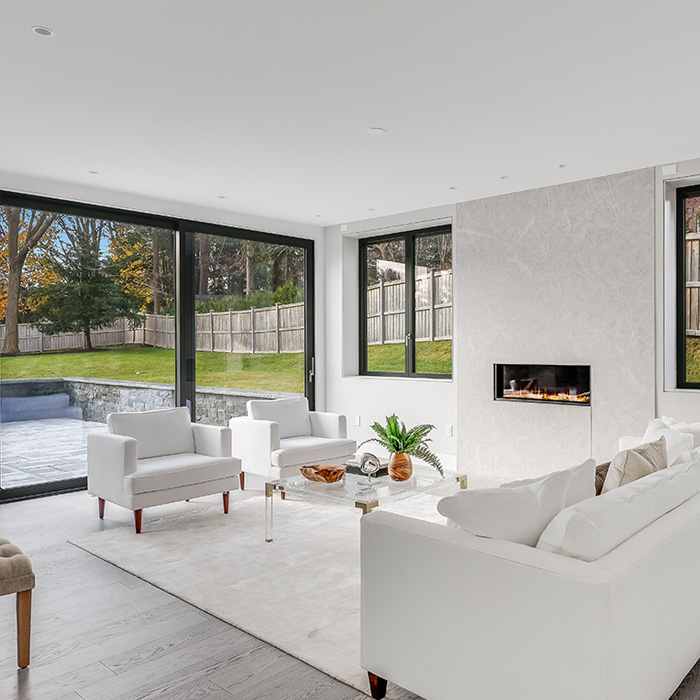Choosing glazing can be difficult for those who do not work in the sector and do not know the various types available on the market.
SPI has a wide range of glazing options able to meet and satisfy the needs of all its customers.
This section contains information about the various features available to help you make an aware decision when assessing your glazing needs.
Low Emissivity Glass
Low emissivity glass has a coat applied to the surface of the interior glass that faces the air space. This special coat which consists of a mixture of metal oxides , mitigates the passage of heat from the inside of the home to the outside, improving the thermal characteristics of the glass. All SPI window and door frames are fitted with low emissivity glass as standard.
Solar Control Glass
Solar control glass allows sun light to pass through the window or the facade of a building, whilst reflecting a large amount of sun heat outwards. Solar control glass incorporates invisible layers of special materials, which both enable sunlight to pass through and heat to be rejected. In this way, in addition to a considerable saving of energy, the inside of the building stays light and much fresher compared to normal glass.
Acoustic glass
Acoustic glass is a laminated glass consisting of two panes of glass joined together by one or more layers of transparent plastic film, similar to cling film, which act as an absorber between the two panes of glass therefore preventing vibration and reducing noise pollution. For an optimal yield of acoustic insulation the best f frame must be chosen which must be fitted correctly
Reflective glass
Reflective glass creates a visual barrier, under some conditions, allowing visibility and luminosity from the opposite side. During the day reflective glass has a mirror effect and reflects sunlight, providing privacy and visual comfort.
Tempered glass
Tempered glass is special glass which undergoes a special treatment of heating and then sudden cooling. This treatment makes the glass more resistant to mechanical stress and thermal shock. Some tempered glass can be considered as safety glass because if it breaks, it crumbles into tiny harmless fragments.
Laminated glass
Laminated glass is composed of two panes coupled together by a thin film of transparent plastic material, similar to cling film. It is considered as safety glass because in the event that it breaks, the panes do not shatter and create hazardous conditions, but the fragments of glass remain fixed together due to the aforementioned film.
According to the UNI 7697/07 standard, it is mandatory to fit safety glass in all types of window and door frames in which the glazed part is under a meter from ground level.
All SPI windows and doors with the glazed part below one metre form ground level are fitted with laminated glass as standard.
Ornamental glass
In ornamental glass, the vitreous liquid mass is continuously poured between one or two pairs of laminating rollers therefore achieving the characteristic surface structure of this type of glass. Depending on the conformation of the rollers, two plain faces, one plain and one decorated, or two decorated faces can be obtained. The cast glass panes are translucent and do not allow clear vision like normal glass. According to the structure, it is possible to direct the light in an environment, exactly how you want.
Double glazing/Triple glazing
SPI offers the possibility to fit double or triple glazing in its windows and door frames. They differ depending on whether there are two or three panes of glass between them, separated from each other by an air space, defined as the air chamber. Compared to single glazing, these types of glazing improve insulation of the home from external noise and maintain heat or cooling generated by internal artificial sources, avoiding heat loss.
SPI fits double glazing (of which one layer is low emissivity glass) in all its windows and doors as standard, and triple glazing upon request.
Do you want to know if your glass is defective? Read the UNCSAAL-ASSOVETRO regulation which defines the criteria for establishing the defectiveness of the glass.
